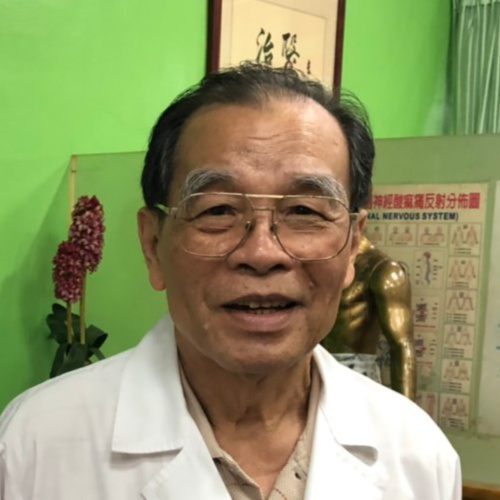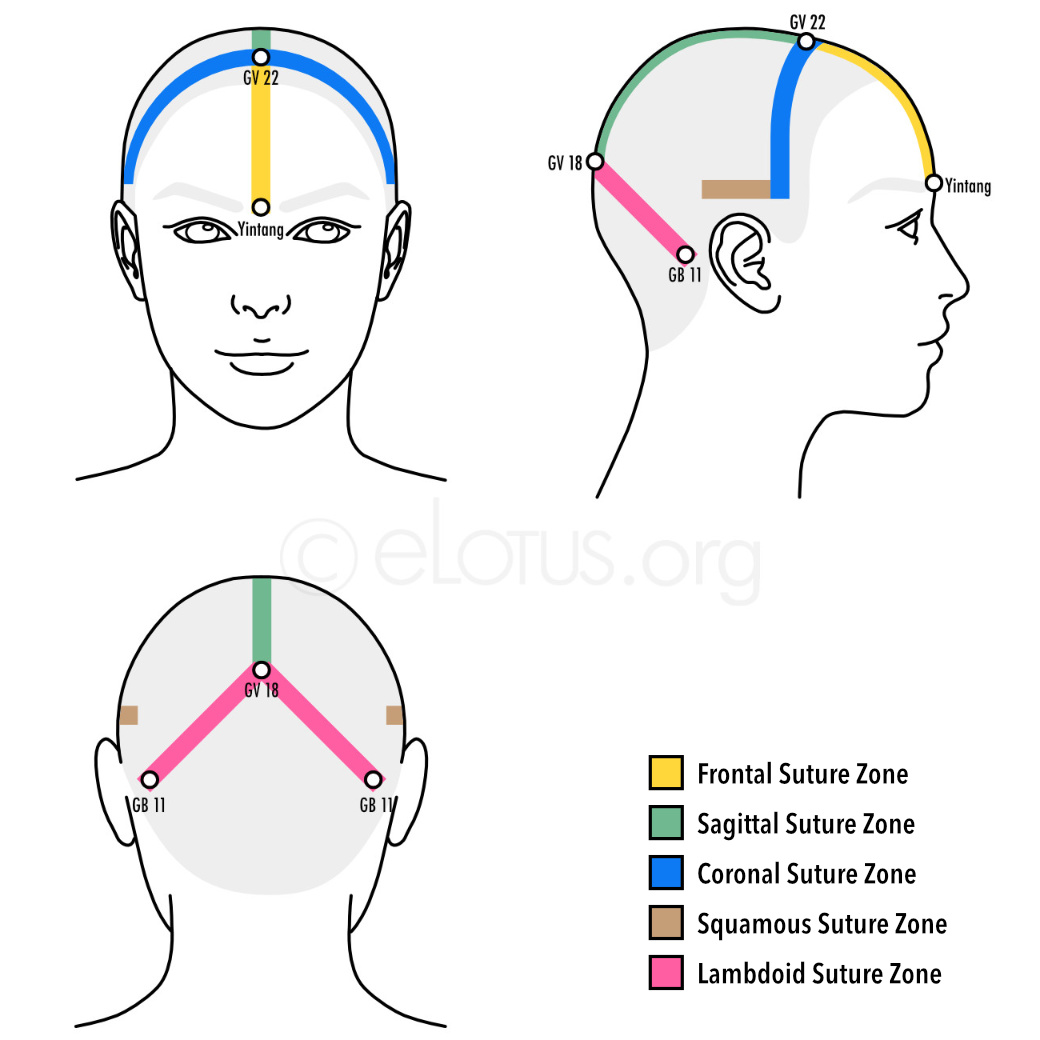Scalp acupuncture is a modern form of acupuncture that aims to stimulate specific areas on the scalp to help the brain recover from injury or illness. Initially focused on stroke patients, its clinical application has since been extended to an ever-growing range of diseases. While traditional acupuncture also uses some scalp points, as a stand-alone system, modern scalp acupuncture emerged in the 1970s through numerous clinical studies, integrating traditional acupuncture theories, holographic biology, modern anatomy, and neurophysiology. Different academic schools have proposed various maps of treatment areas and needling techniques to optimize this methodology. Drs. Yunpeng Fang (方云鹏), Shunfa Jiao (焦顺发), Keyan Chen (陈克彦), Mingqing Zhu (朱明清), and many more have made significant contributions to the development of scalp acupuncture.
Inspired by the works of these renowned practitioners, Dr. Karl Tai (戴吉雄) developed his unique approach to scalp acupuncture. With over 30 years of clinical experience, Dr. Tai found that needling points and areas over skull sutures achieve better therapeutic results than needling other scalp regions. He theorized that the periosteum, the layer of tissue covering the skull, is a significant conduit for needle-induced stimulation, and the signal is transmitted more readily to the affected brain areas over the sutures. Therefore, his method organizes stimulation areas by skull sutures and utilizes needling techniques to strengthen the stimulation. This focus on skull sutures is the defining distinction of Tai's Scalp Acupuncture.


Browse each suture zone below to learn more about the scalp stimulation areas associated with them and their indications.
Dr. Tai recommends using 30-gauge needles that are 1.5 cun in length for the best results. Thicker 28-gauge needles, while providing stronger stimulation, cause more pain in patients and may result in fewer return visits. Thinner 32-gauge needles, in contrast, offer weaker stimulation, are less effective, and tend to bend too easily during needling.
For Tai's Scalp Acupuncture, needles are typically inserted at an angle of around 25 to 30 degrees for 0.8-1 cun in depth. This subcutaneous threading technique helps stimulate a more extensive scalp area, unlike traditional perpendicular needling that stimulates a single point.
After the insertion, Dr. Tai applies the "Pulling Qi Technique" to stimulate the needle. This method involves using one hand to repeatedly push and pull the needle 50 to 100 times at a distance of approximately 0.2 cun, while using the other hand to stabilize the needle's shaft within the scalp.
After the pulling qi manipulation, Dr. Tai recommends applying electrical stimulation to all inserted scalp needles.
Leave the needles in place for 20-30 minutes. Extend the retention time for individuals with severe conditions or acute pain; reduce the time for those with mild or chronic conditions.
Below are some general cautions and contraindications associated with scalp acupuncture: